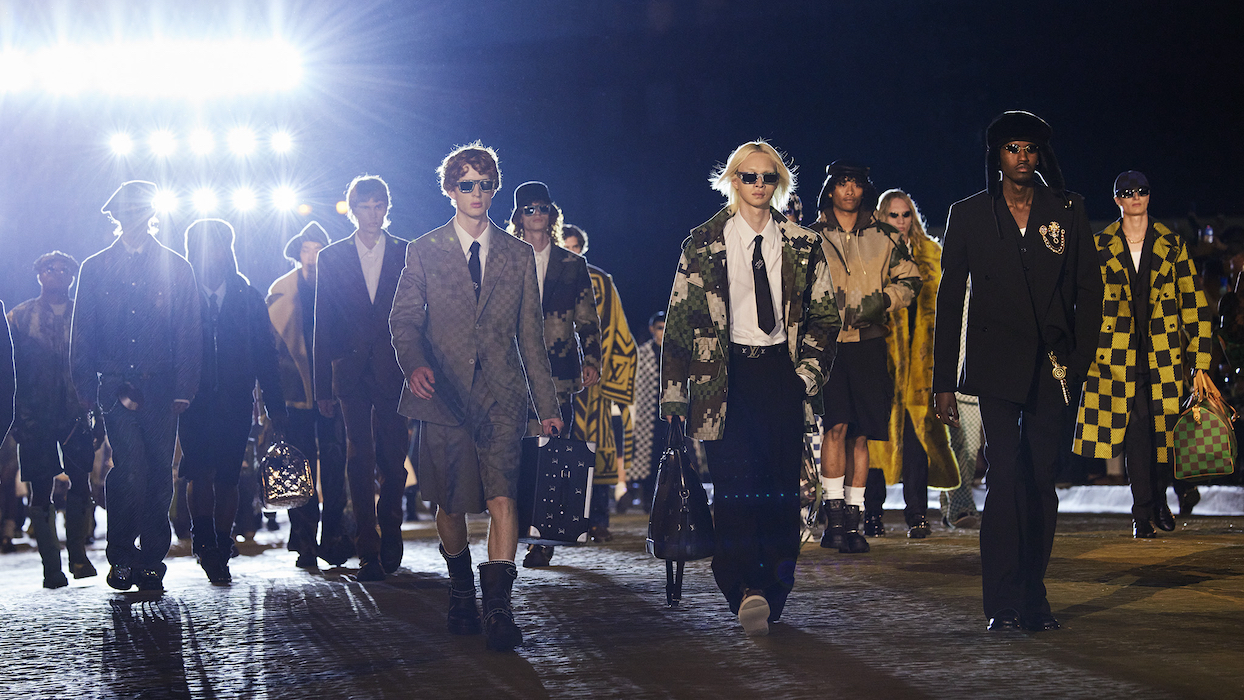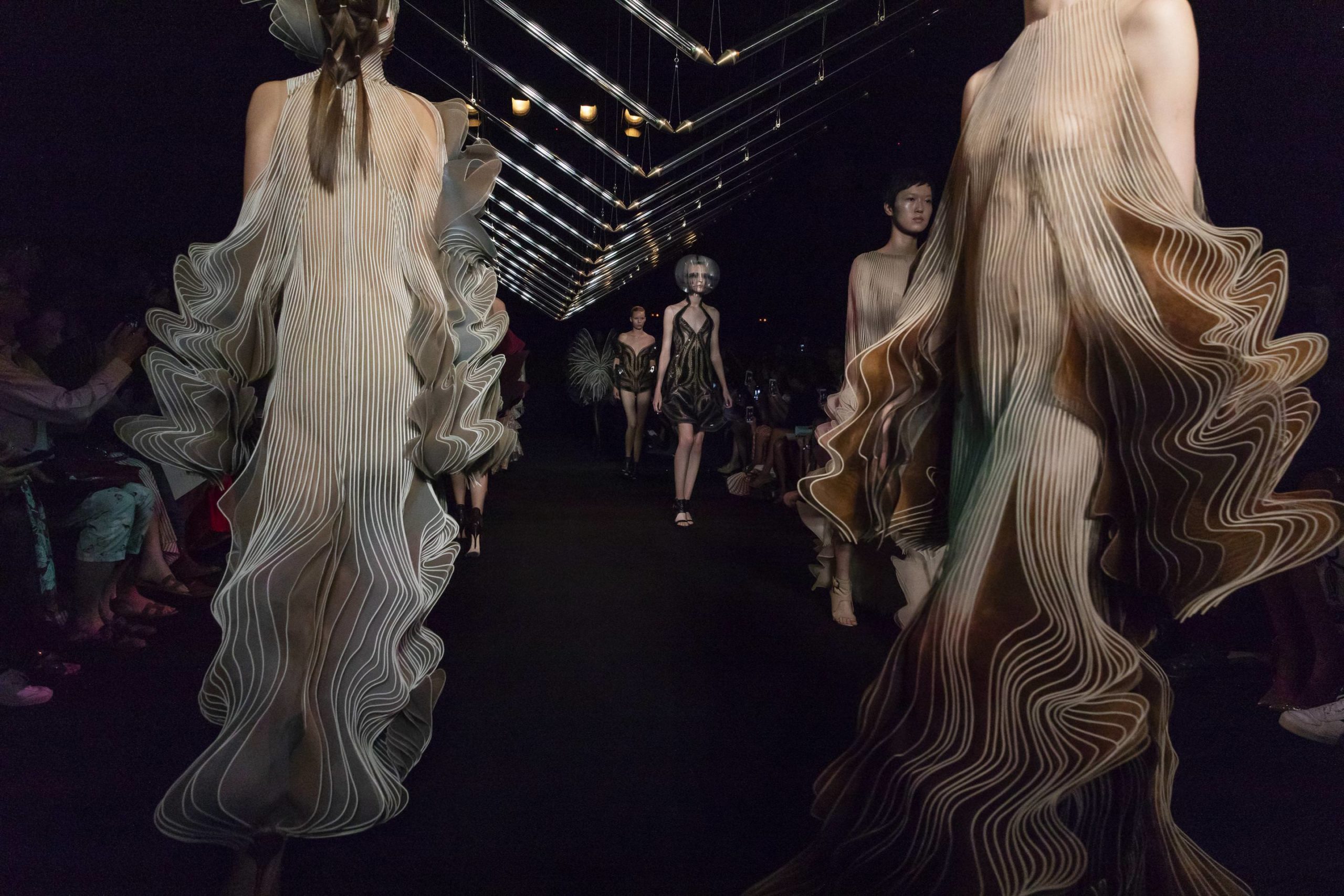When Hala Kaiksow was nine years old, her grandmother taught her how to knit. It was the Bahrain-based designer’s first creative spark. Ever since, she’s used her love of craft to make pieces that blur fashion and art. Today, her work is worn and observed—both on the body and off—via her eponymous clothing collection as well as art installations exhibited around the globe.
Last May for the Venice Biennale, Kaiksow was one of seven artists representing Bahrain in “The Wait.” And last October during Amman Design Week, she presented a powerful installation of woven materials. These works show how Kaiksow embraces tradition and modernity, as do her fashion collections.
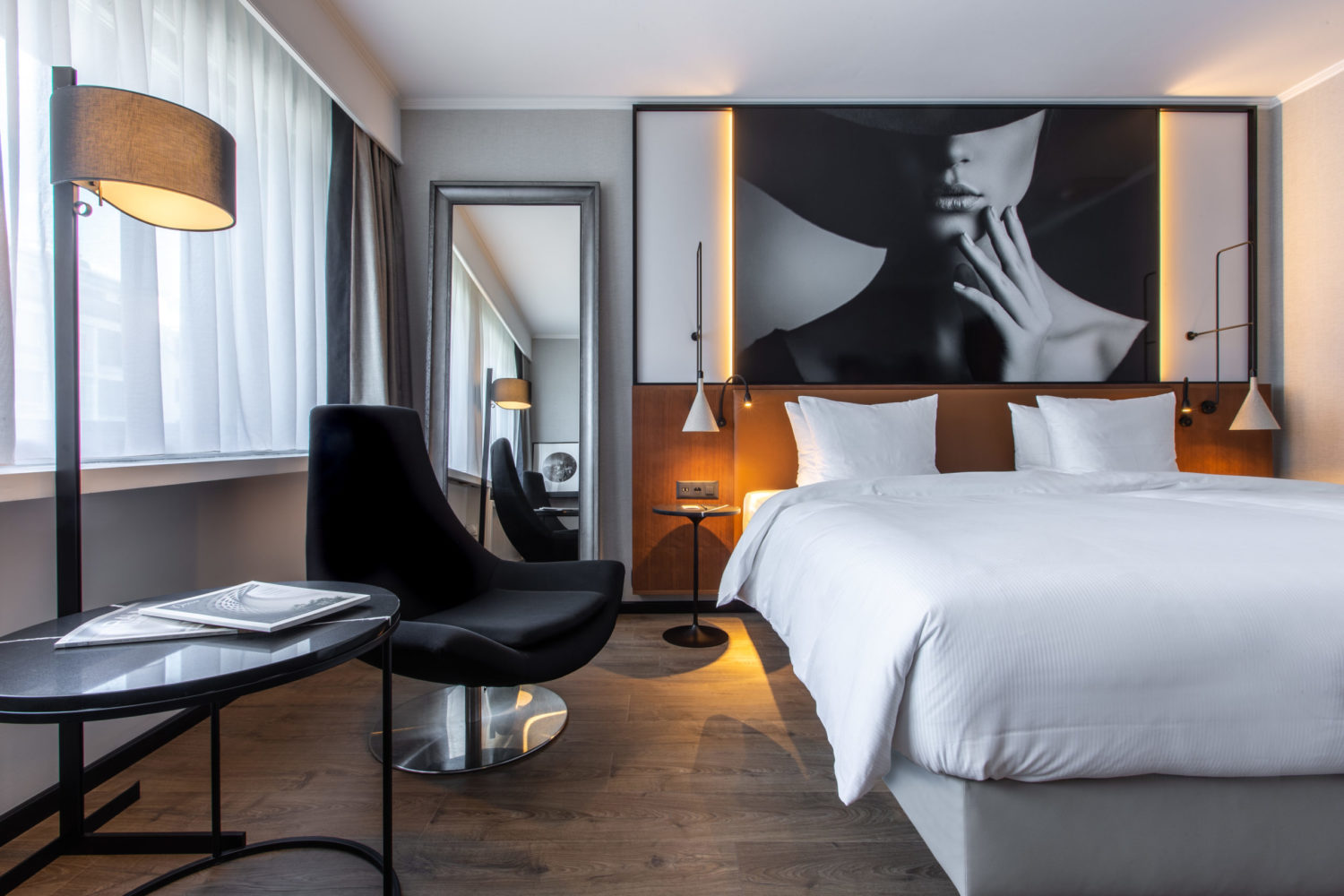
Courtesy of Radisson Blu Hotel.
With each look, there’s an emphasis on natural fabrics and careful details. From her loom, she weaves raw linen, silk, and hemp into pieces that present a feminine sense of ease. With varying patterns and textures, each look is heightened by special touches like handmade buttons, fragments of metal and wood, and mother of pearl features. Her most recent line, “V,” was woven with copper threads and dyed with Ayurvedic dyers to awaken luxury and healing.
Recently, Whitewall checked in on Kaiksow to see how she is doing at this time.
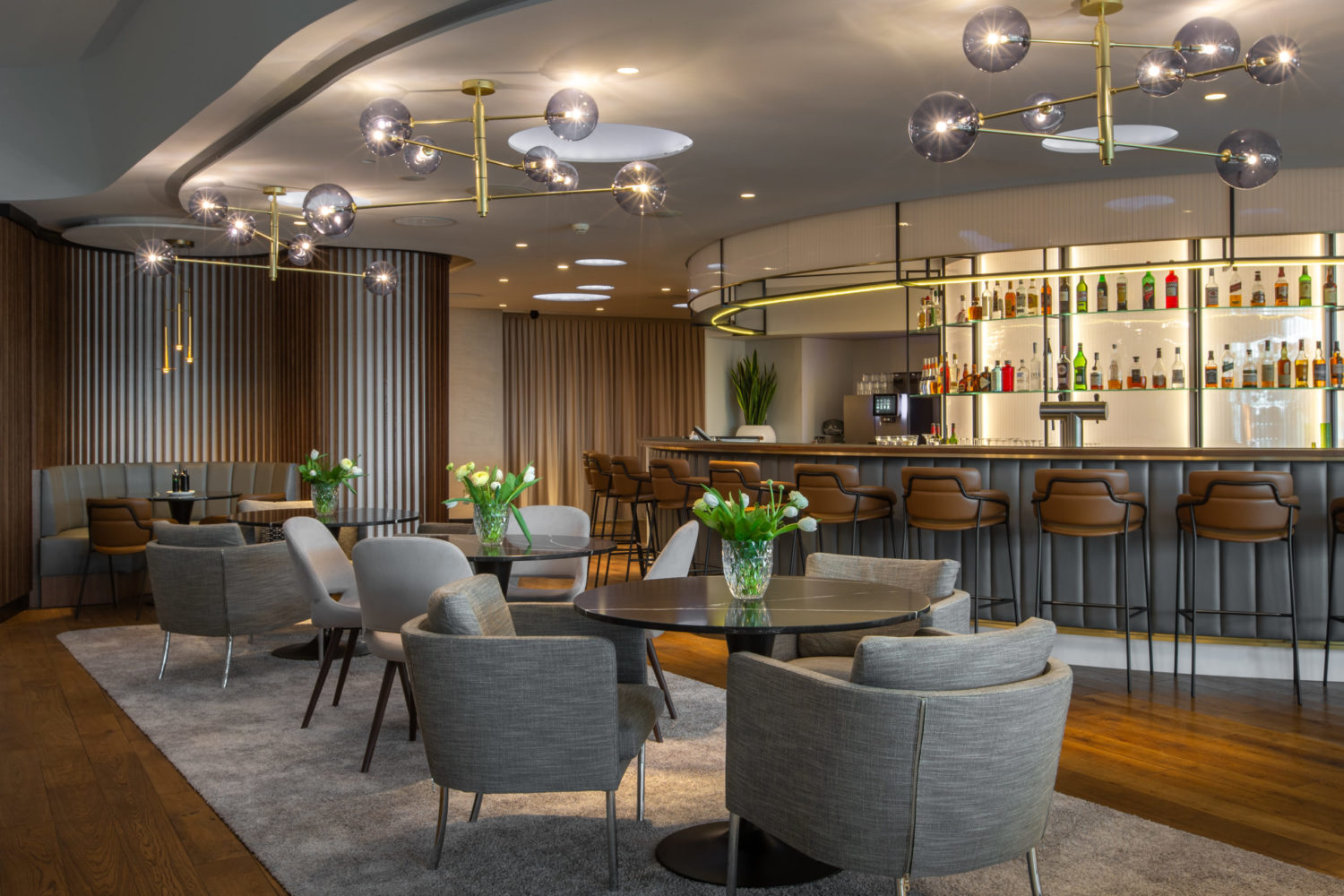
Courtesy of Radisson Blu Hotel.
“In these chaotic and uncertain times, we have decided to have everyone in the studio work from home on whatever they are able to do and spend the rest of the time with their families keeping safe,” she said. “It’s very challenging because we are a small business, and this will affect our entire production cycle, deliveries and marketing projects for the next months, but we are first and foremost committed to human life and confident that all that may be lost will be eventually gained back.”
“I personally have set up a small studio at home and am really taking this time to gather headspace and create as mindfully as possible. I am working simultaneously on tapestry and quilting projects and have been knitting in my non-work time. Trying to gather my thoughts and be in the entirety of this moment at home,” Kaiksow continued.
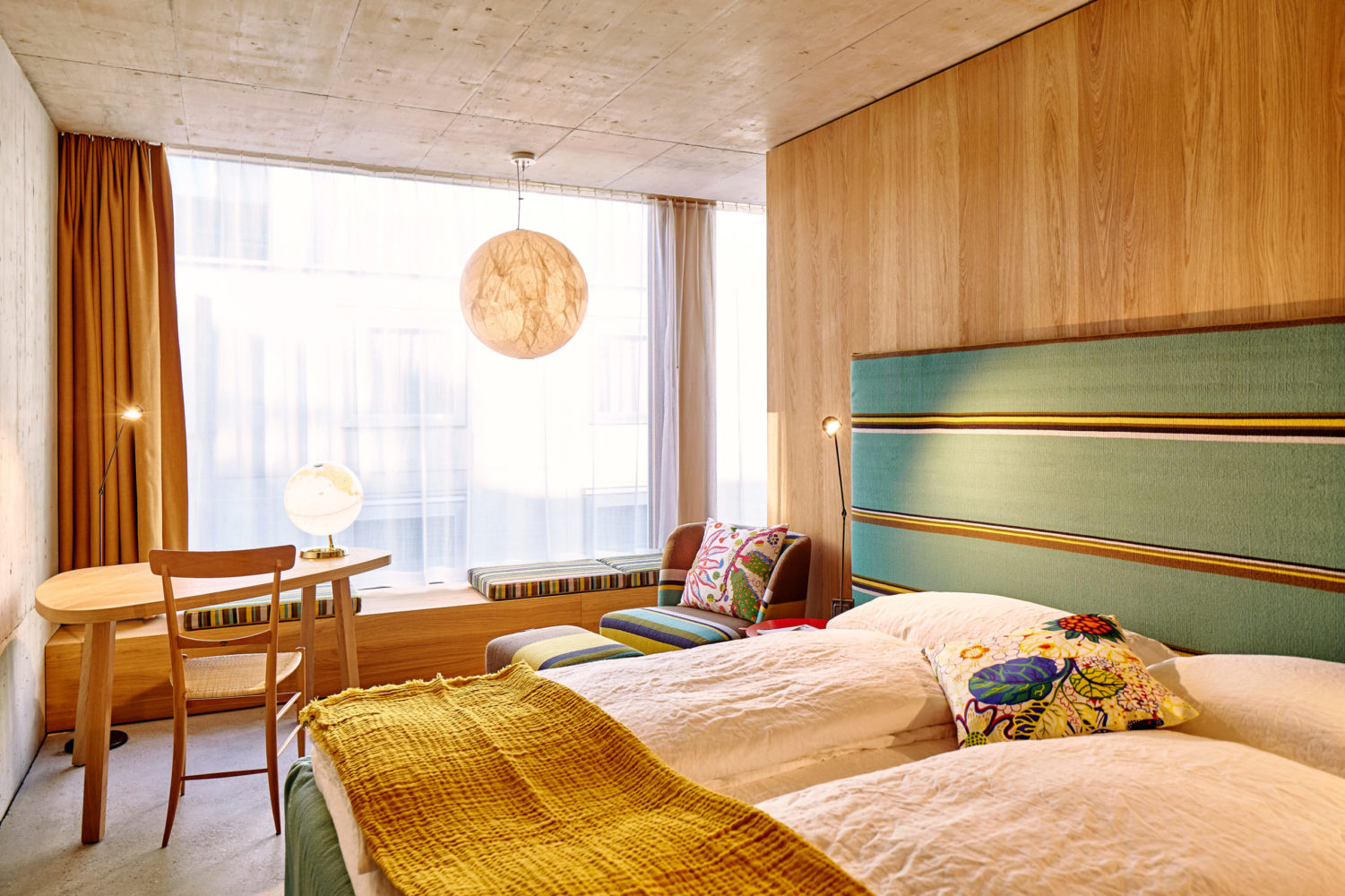
Photo by Mark Niedermann, courtesy of Nomad Design & Lifestyle Hotel.
The interview below was done earlier this year for Whitewall’s spring 2020 Art Issue, out digitally now.
WHITEWALL: Can you tell us about how your work has evolved, from working with handwoven high-end garments to creating installations?
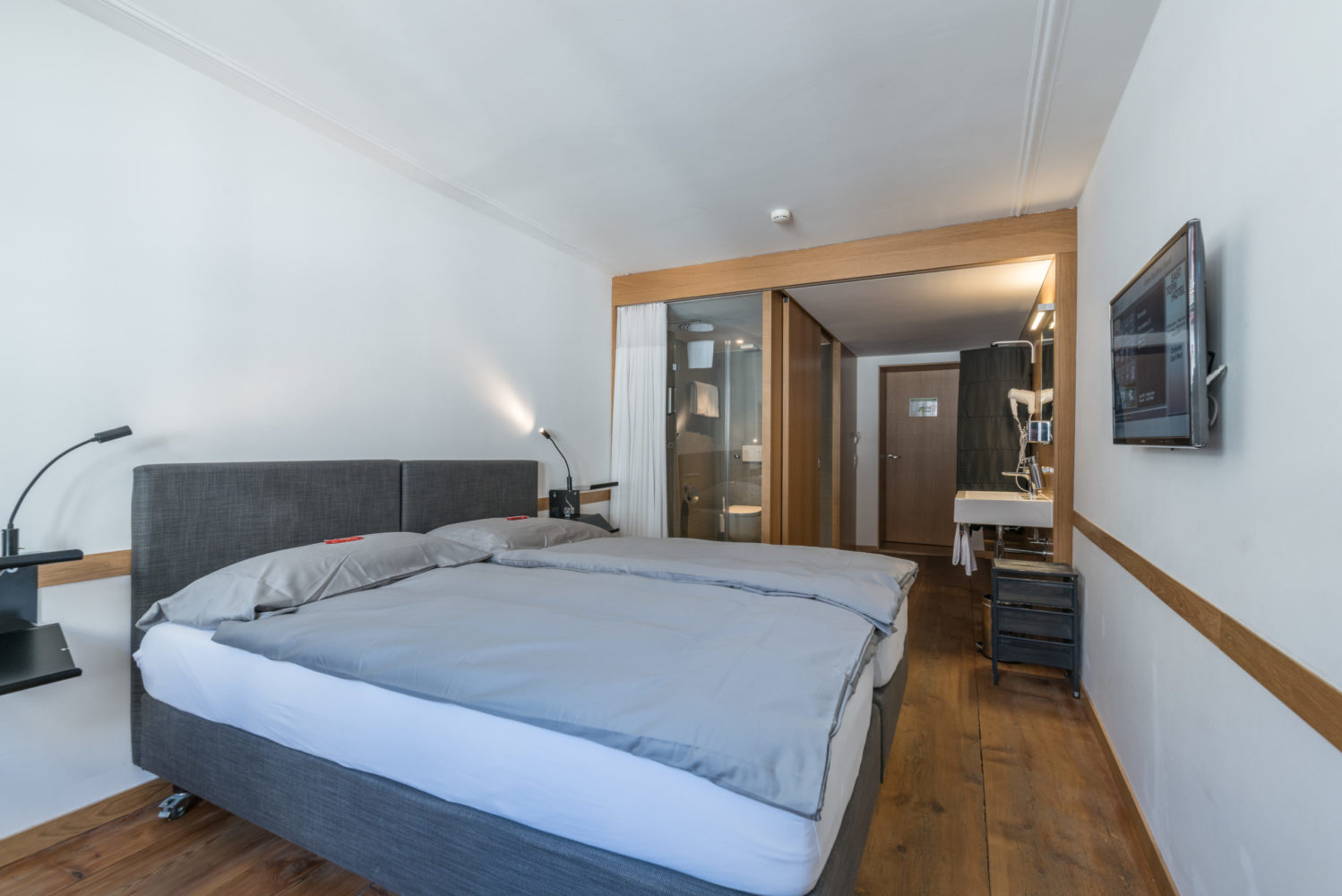
Courtesy of East-West Riverside Hotel.
HALA KAIKSOW: I began with sculpture. I did fine arts for my bachelor’s degree, and so that was my starting point that I’ve organically come full circle back to. My medium has changed, as I used to create my sculptures from metals and glass, but now textile has become my main medium.
WW: Where do you enjoy seeing art in your hometown?
HK: There are a lot of great areas to visit. One of my favorites is Muharraq, where a part has been transformed into a pearling path that you can walk through with several art spaces that continually have interesting exhibits going on.
“I love looking at historical processes and ways of creation because there was such a sense of artfulness to it”
WW: Last year for the 2019 Venice Biennale you were one of the seven artists to represent Bahrain. Curated by Amal Khalaf, Tasneem Al Shurougi, and Kaneka Subberwal, the exhibition was entitled “The Wait.” Can you tell us about your work included in this?
HK: For Venice, I was selected to create a work that reflected my values as a maker. I designed a floor-to-ceiling quilt that, for me, explores time—a notion that is constantly changing in our world today. I set out to create a piece, in the form of a quilt, that questions our values and pushes people to think beyond time as linear landscape.
WW: Also last year, you created an installation, A Room of One’s Own, during Amman Design Week for the “Hangar” exhibition, curated by Noura Al Sayeh-Holtrop. Can you tell us about that piece?
HK: The theme of the show was “possibilities,” which got me thinking about our sacred spaces that we create and inhabit, and question why we no longer create them out of textiles like we once did. So, I set out to create a space that was woven with cotton, jute, and silk and had the softness and warmth of textile and married that with the rigidity of wood for protection.
WW: Your fashion pieces blend traditional and modern references. Can you give us some examples of landscapes, designers, materials, or travels that have provided you recent creative inspiration?
HK: I am continuously inspired by places I visit, or cultures I come from or learn about. I then feed all of that into the creation of the clothing I make. I love looking at historical processes and ways of creation because there was such a sense of artfulness to it. Recently, I have been looking at historical quilts and quilting methods and have fed that into newer collections.
WW: How would you describe the creative community in Bahrain?
HK: The creative community in Bahrain is very close-knit, and many of the artists know one another for some time as they have been exhibiting together for years. What is nice is also that the older generation of artists are so welcoming of young talents and guiding them through the beginnings of their careers.
WW: Can you walk us through your studio space?
HK: My studio space is a residential space that I found and have transformed. It is a completely open space, so often our small team of three can bounce ideas off of one another and create simultaneously.
WW: Where do you start with a collection?
HK: I often start with research, which comes from something I discover or had piqued my interest in the months before, and go from there in finding and designing garments that I would like to create, and textile applications and weaves that I think could be interesting to combine.
WW: What was the inspiration behind your Spring/Summer 2020 collection?
HK: Our last collection, “V” (which is “seven” in Arabic), was very much inspired by Indian traditional garments from the 15th century, but also some that come from Japan and others from the Middle East. I wanted to give the clothing a luxurious feel, and so some of the textiles are woven with copper threads. Many of the textiles have been dyed by Ayurvedic dyers that infuse the dyes with healing properties for the skin, which I really feel gives them an extra bit of magic.






